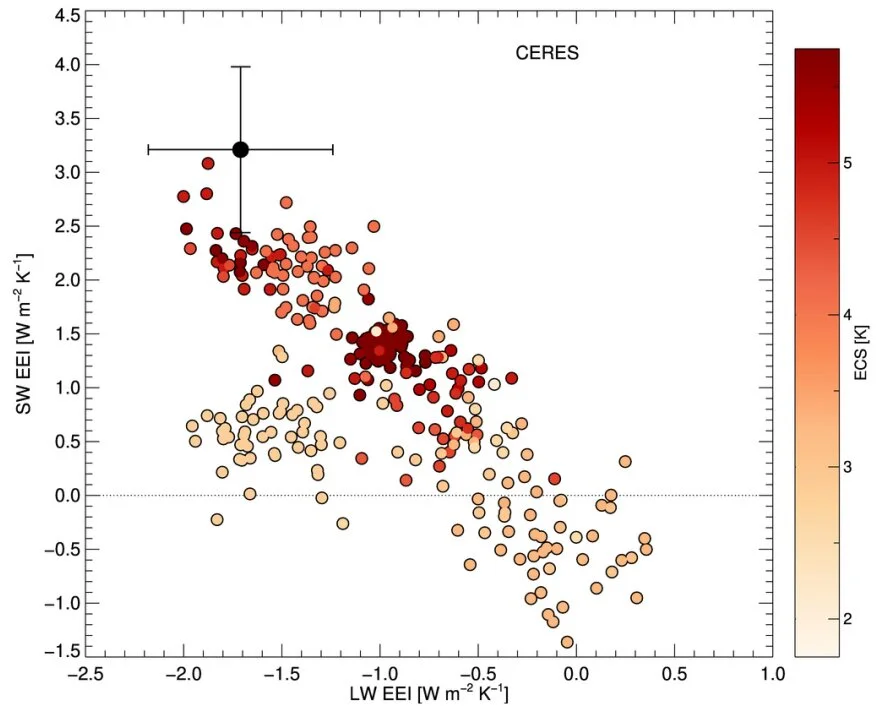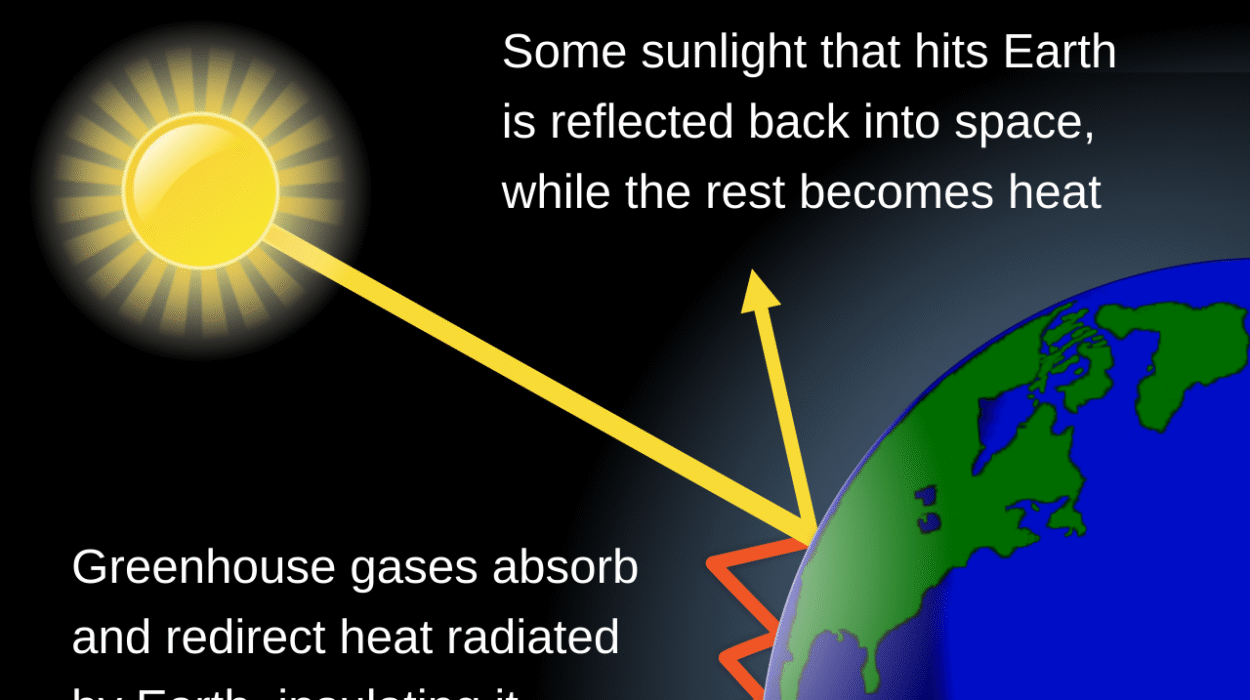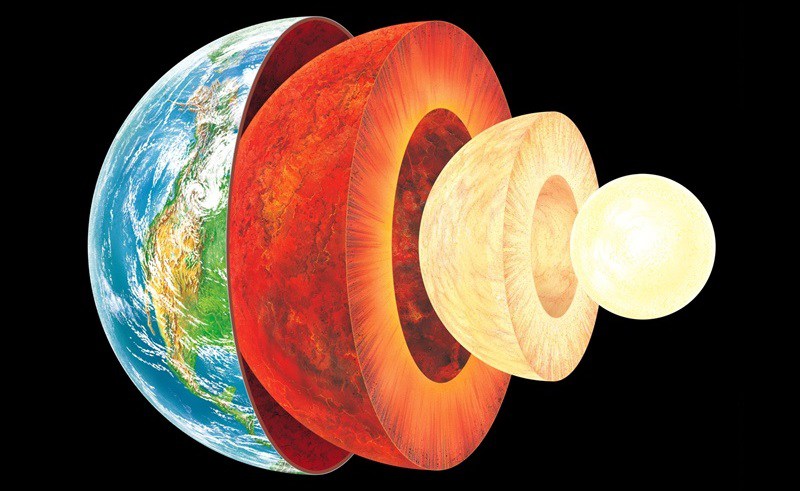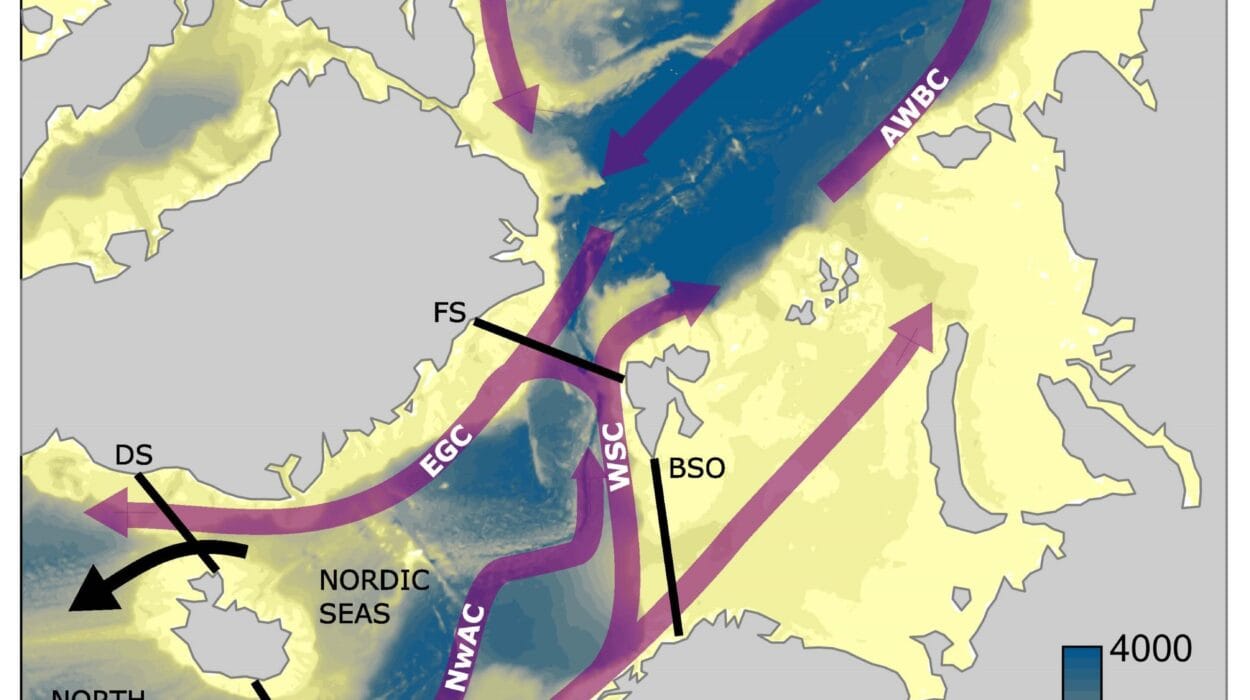When sunlight touches Earth, some of it bounces back into space, and some of it stays—heating the planet like a greenhouse. It’s a delicate balance, a cosmic give-and-take that has sustained life for billions of years. But in the age of fossil fuels and rising carbon dioxide levels, that balance has begun to tilt. And now, new evidence from space is telling us something alarming: Earth may be far more sensitive to greenhouse gases than we thought.
A groundbreaking study published in the journal Science this week has put a sharper lens on one of the most important—and most uncertain—questions in climate science: how much will the planet warm in response to our emissions? The answer, according to this new analysis, may be more troubling than previous models have suggested.
Led by researchers at the Center for International Climate Research (CICERO) and co-authored by teams from NASA’s Langley Research Center and the Priestley Centre for Climate Futures at the University of Leeds, the study reveals that climate models predicting lower levels of warming do not match real-world satellite measurements. In other words, if you’re hoping the planet might not heat up as much as feared, the latest data suggest otherwise.
The Earth From Above—A Thermometer in the Sky
For over two decades, a fleet of satellites has silently orbited Earth, tracking something invisible but vital: our planet’s energy budget. Specifically, NASA’s CERES (Clouds and the Earth’s Radiant Energy System) satellite instruments have been measuring how much sunlight Earth absorbs and how much heat it emits back into space. These numbers are the heartbeat of the climate—telling us whether Earth is staying in balance or tipping into crisis.
Since 2001, CERES data have shown something remarkable and deeply concerning: Earth is absorbing more solar radiation and, at the same time, emitting more heat. Both are rising—but not equally. The scale is tipping.
The imbalance is driven in part by rising greenhouse gases like carbon dioxide, which trap heat in the atmosphere. But there’s another layer to this story that has long perplexed climate scientists: clouds. These airy sculptures in the sky do more than shape our weather—they have the power to either cool the planet by reflecting sunlight or warm it by trapping heat.
And they’re changing.
Clouds, Feedback, and a Closer Look at Climate Sensitivity
The key concept in the study is climate sensitivity—a measure of how much Earth’s average temperature will rise if carbon dioxide in the atmosphere doubles from preindustrial levels. The most widely cited estimates, including those from the Intergovernmental Panel on Climate Change (IPCC), place climate sensitivity between 2°C and 5°C, with a likely value around 3°C. But that’s a broad range with serious consequences: the difference between manageable disruption and severe planetary crisis.
A major source of uncertainty has always been clouds. Unlike more straightforward climate feedbacks like melting ice or rising water vapor, cloud behavior is complicated. Some clouds reflect sunlight, others trap heat. Some shrink as the planet warms, others grow. These feedback loops are hard to predict, and different models treat them in different ways—leading to a wide spectrum of warming projections.
The new study puts that uncertainty under the microscope. By comparing the latest satellite data with outputs from 37 of the most advanced climate models, the researchers discovered a striking trend: only the models with higher climate sensitivity—the ones predicting more warming—align well with what satellites are actually observing.
Gunnar Myhre, lead author of the study and research director at CICERO, put it plainly: “Climate models that give a low warming from increases in greenhouse gases do not match satellite measurements. We therefore need to cut greenhouse gas emissions even further to have a chance of keeping global warming below 2 degrees.”
A Shrinking Margin for Error
The implications of this study ripple outward like a heat wave. If lower-sensitivity models are underestimating warming, and only the higher-sensitivity ones match reality, then we’re likely heading toward a hotter future than previously anticipated—unless global emissions are drastically reduced, and quickly.
According to the study, models with climate sensitivity lower than 2.9°C show significantly smaller increases in absorbed solar radiation than the CERES satellites observe. For those with sensitivity lower than 2.5°C, the divergence is even more stark: they simply can’t replicate what’s actually happening in Earth’s energy budget, even after adjusting for factors like reduced atmospheric pollutants.
This means that predictions of “mild” future warming—once a source of cautious hope—are no longer supported by physical evidence. Instead, a warmer, more disruptive future is emerging as the more probable path.
What the Past Can Teach Us About the Future
Understanding climate sensitivity isn’t just about satellites and supercomputers—it’s also about history. Climate scientists use three tools to estimate Earth’s sensitivity to CO₂: theoretical physics, the geological record, and observations since the Industrial Revolution.
From ancient ice cores to tree rings, Earth’s history offers clues to how the climate responded during past periods of high CO₂. The last time the atmosphere had as much carbon dioxide as it does now, sea levels were far higher and ice was almost nonexistent at the poles. The IPCC’s 2021 report synthesized this historical and observational data to arrive at its current climate sensitivity estimates.
The new satellite-based study adds another layer to this consensus. And it pushes us away from the lower end of the spectrum and closer to the higher values—values that suggest more aggressive warming and less time to act.
A Call to Action From 22,000 Miles Above
For all its scientific nuance, the study’s conclusion is direct: unless we dramatically reduce greenhouse gas emissions, the planet will likely warm faster and further than many of our models had led us to believe.
The data gathered from space—glistening strips of heat signatures and solar radiation measurements—are not just numbers. They are warning lights blinking on the dashboard of Earth’s climate system.
They are telling us that the planet is already changing, that the rules of the atmosphere are becoming clearer, and that our time to act is slipping through our fingers like warm sand.
This isn’t a call for despair. It’s a call for clarity.
It reminds us that models aren’t crystal balls—they’re educated guesses shaped by physics, data, and assumptions. As the data improves, so must our assumptions. And with that, our policies, behaviors, and ambition.
Looking Ahead: The Role of Satellites in Climate Truth-Telling
As the climate continues to shift, tools like the CERES satellite system are proving indispensable—not just for prediction, but for truth-telling. They allow scientists to ground abstract climate models in the real world. They help refine projections. And perhaps most importantly, they help separate wishful thinking from scientific reality.
Because in the end, the laws of physics don’t negotiate. Carbon dioxide doesn’t pause for debate. And clouds, those gentle shapes drifting across our skies, may yet hold the power to shape our future—for better or worse.
If this study teaches us anything, it’s that we are running out of time for optimism without action. But with every new byte of data streaming in from space, we also gain a sharper view of the road ahead—and a clearer map of what we must do to protect the only planet we call home.
Reference: Gunnar Myhre, Observed trend in Earth energy imbalance may provide a constraint for low climate sensitivity models, Science (2025). DOI: 10.1126/science.adt0647. www.science.org/doi/10.1126/science.adt0647






